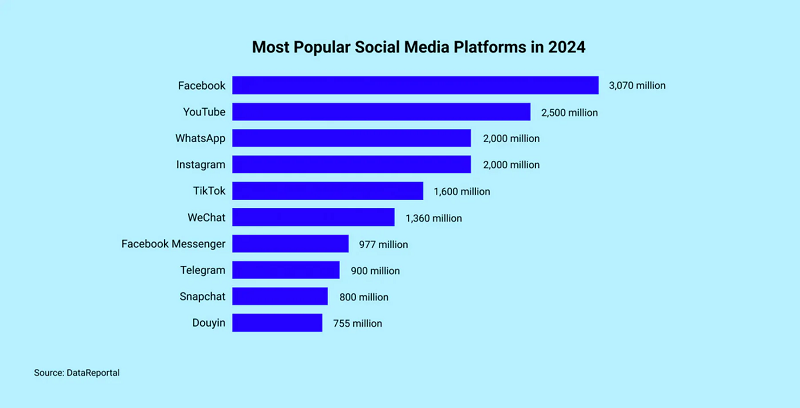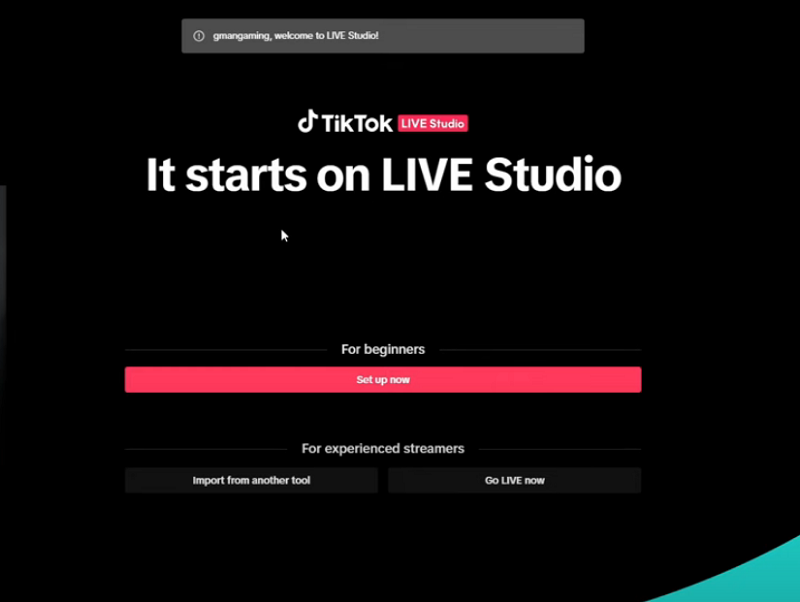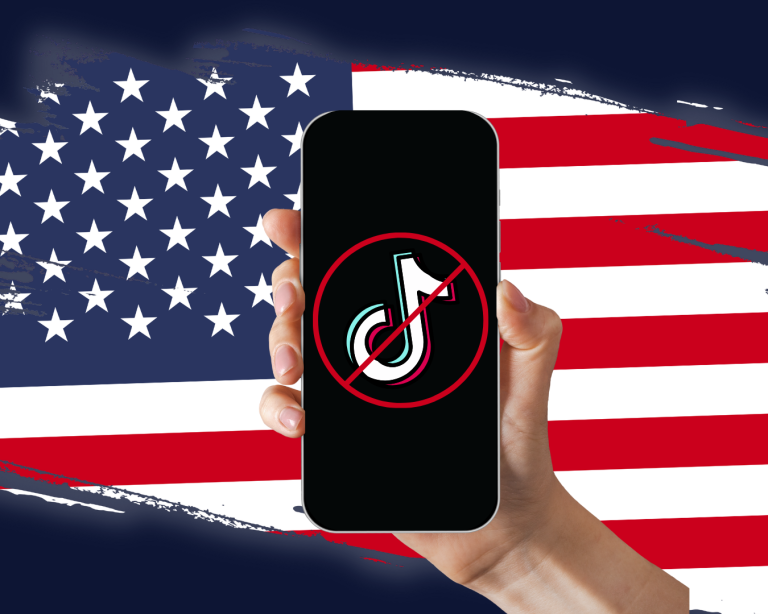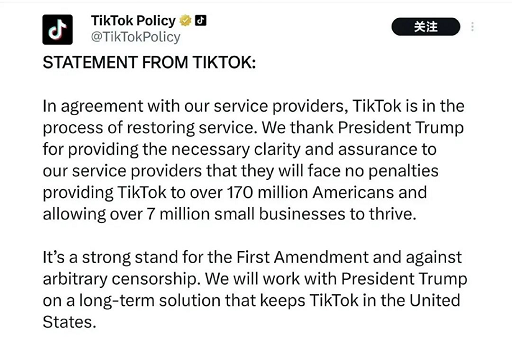In 2024, social media continues to play a pivotal role in how we connect, share, and communicate globally. The landscape of social media platforms has evolved, with some mainstays holding their ground and new contenders rising to prominence. Here are the top 10 most popular social media platforms of the year:

1. Facebook (3.07 billion users)

Facebook continues to be the king of social media with 3.07 billion users worldwide, according to the latest statistics. That means three out of every five social media users of the world's estimated 5.17 billion are active on Facebook.
With its broad user reach and diverse user base, Facebook is an indispensable platform for marketers. Users spend an average of 19 hours and 27 minutes per month on the Facebook app, making it one of the most engaging social platforms.
In 2024, social media continues to play a pivotal role in how we connect, share, and communicate globally. The landscape of social media platforms has evolved, with some mainstays holding their ground and new contenders rising to prominence. Here are the top 10 most popular social media platforms of the year:

1. Facebook (3.07 billion users)

Facebook continues to be the king of social media with 3.07 billion users worldwide, according to the latest statistics. That means three out of every five social media users of the world's estimated 5.17 billion are active on Facebook.
With its broad user reach and diverse user base, Facebook is an indispensable platform for marketers. Users spend an average of 19 hours and 27 minutes per month on the Facebook app, making it one of the most engaging social platforms.
Reasons to stand out:
Wide coverage of all types of people, diverse users
Powerful advertising tools and data analysis capabilities
Seamless integration with other Meta platforms like Instagram and WhatsApp
2. YouTube (2.5 billion users)
With 2.5 billion users, YouTube remains strong in terms of video content. For users, it's not just a place to watch videos, but also an important platform to discover new products. With 1 billion hours of video viewing per day, YouTube offers huge potential for content creators and brands.
Reasons to stand out:
Users watch for a long time, high interaction
Advertising and product reviews have a great influence on users' purchasing decisions
The visual content is rich and diverse, which can meet the various interests of users
3. WhatsApp (2 billion users)

With 2 billion users, WhatsApp is the world's leading messaging app and the third most popular social media platform in 2024. It is particularly popular for personal communication and is increasingly being used for Business purposes via WhatsApp Business.
Reasons to stand out:
High user activity, frequent daily use
Use end-to-end encryption technology to ensure communication security
Increasingly used for customer service and business communication
4. Instagram (2 billion users)

Instagram ranked fourth on the top 10 social media platforms. The photo-sharing app is focused on visual content and has attracted 2 billion users to interact with photos, stories and videos on the platform. It is a crucial platform for brands and influencers seeking to showcase their products visually and appeal to younger audiences.
Reasons to stand out:
Strong visual appeal, beautiful content
Influencer marketing effect is remarkable
Content comes in a variety of forms, including posts, stories, short videos, and IGTV (sharing long videos)
5. TikTok (1.6 billion users)
Since its launch in 2017, TikTok has become one of the top five most popular social media platforms. It has attracted 1.6 billion users with its short video content and is particularly popular among young people. TikTok's algorithms drive viral video content, making it a hotbed of trends and creative expression.
Reasons to stand out:
Viral, with strong interactive potential
Loved by Gen Z and millennials
Innovative advertising formats and brand challenges
6. Wechat (1.36 billion users)
Wechat is a close second with 1.36 billion users. The multifunctional app is mostly available in China. It integrates messaging, social media, and mobile payments, making it an integral part of users' daily lives.
As of now, only the six largest social media networks have more than 1 billion users worldwide.
Reasons to stand out:
A comprehensive application that integrates a variety of services
It is a necessary platform for enterprises facing the Chinese market
Tight integration with e-commerce and payment systems
7. Facebook Messenger (977 million users)
Facebook Messenger, another Meta product, has 977 million users and ranks seventh in this top 10 social media platform list. Similar to WhatsApp, it is widely used for personal communication and is increasingly being used for business interactions through features such as chatbots.
Reasons to stand out:
Seamless integration with Facebook
Powerful customer service and automatic response tools
Wide coverage, high user interaction
8. Telegram (900 million users)
With 900 million users, Telegram is one of the most widely used messaging apps in the United States, known for its privacy features and powerful instant messaging capabilities. It is not only suitable for individual and group communication, but is also widely used to broadcast messages to large audiences.
Reasons to stand out:
Focus on privacy and security
Multiple instant messaging options are available, including channels and bots
The user base continues to expand, and the interaction rate is high
9. Snapchat (800 million users)
Snapchat's unique form of ephemeral content has attracted 800 million users and is particularly popular with younger audiences. Its "Stories" feature and features like AR (augmented reality) filters provide innovative ways for users and brands to interact.
Reasons to stand out:
Popular among young people
Innovative AR features and interactive filters
It provides a broad space for creative marketing activities
10. Douyin(755 million users)
Douyin, the Chinese version of TikTok, ranks among the top 10 most popular social media platforms in 2024 with 755 million users. It shares many of the same features as TikTok, but is localized for the Chinese market and integrates with local e-commerce and payment systems.
Reasons to stand out:
Short video content is highly interactive
Integrated with Chinese e-commerce platforms
It has a significant impact on Chinese consumer behavior
The landscape of social media in 2024 is diverse and dynamic. These platforms have not only transformed how we communicate but also how we consume content, interact with brands, and stay informed. Each platform offers unique features and caters to different user needs, ensuring that there's something for everyone in the ever-evolving world of social media.
Whether you’re sharing a moment on Instagram, catching up with friends on Facebook, watching a tutorial on YouTube, or participating in a viral challenge on TikTok, these platforms continue to shape our digital experiences and connections. As technology advances, we can expect these platforms to keep innovating and redefining the social media landscape.



